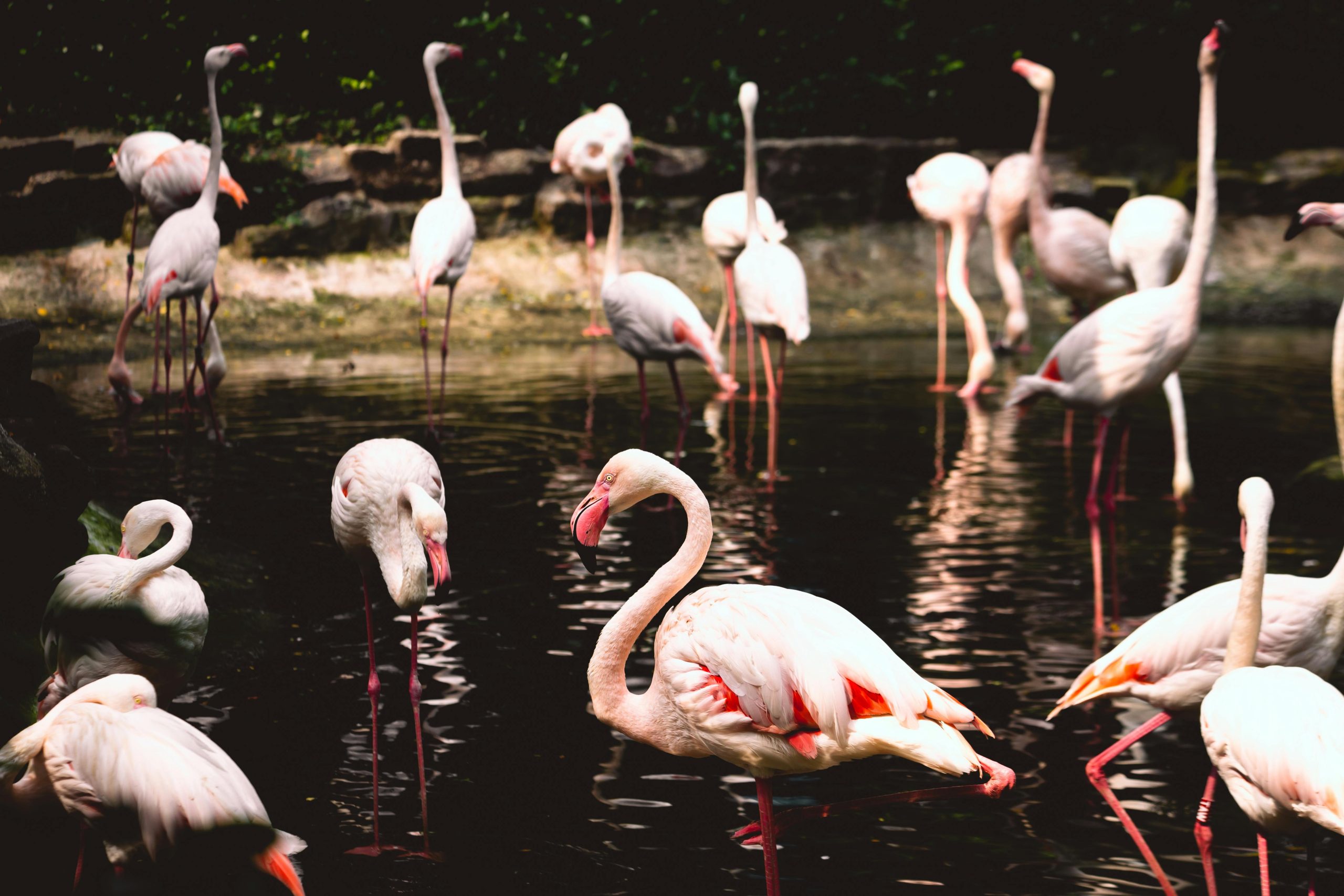Nature is full of wonders, and some of its creatures seem almost alien in their appearance and behavior. From deep-sea dwellers with glowing bodies to insects that mimic leaves with uncanny precision, evolution has crafted some truly bizarre adaptations. These strange creatures aren’t just oddities—they’re masterpieces of survival, honed by millions of years of natural selection. In this article, we’ll explore some of nature’s strangest animals and uncover the secrets behind their peculiar traits.
The Axolotl: The Eternal Juvenile
One of nature’s most fascinating creatures is the axolotl, a salamander that never grows up. Unlike most amphibians, which undergo metamorphosis from larvae to adults, axolotls remain in their larval form their entire lives—a phenomenon called neoteny. These Mexican natives retain their gills and live exclusively in water, even as they reach sexual maturity.
Regeneration Superpowers
What makes the axolotl truly extraordinary is its ability to regenerate entire limbs, spinal cords, and even parts of its heart and brain. Scientists study these creatures to unlock secrets that could revolutionize human medicine. Their regenerative abilities are so advanced that they can heal without scarring, a trait that remains unmatched in the animal kingdom.
The Mimic Octopus: Master of Disguise
In the waters of Southeast Asia, the mimic octopus takes camouflage to a whole new level. While many octopuses can change color and texture to blend in, this species goes a step further—it imitates other animals to evade predators.
A Shape-Shifting Survivalist
The mimic octopus can transform its body to resemble venomous creatures like lionfish, sea snakes, and even jellyfish. By mimicking dangerous species, it tricks predators into thinking it’s not worth the risk. This adaptability makes it one of the most intelligent and resourceful invertebrates in the ocean.
The Aye-Aye: Madagascar’s Creepy Crawler
With its bulging eyes, bat-like ears, and long, skeletal middle finger, the aye-aye looks like something out of a horror movie. Native to Madagascar, this nocturnal primate is actually a highly specialized lemur with a unique hunting technique.
Nature’s Living Metal Detector
The aye-aye uses its elongated finger to tap on tree bark, listening for hollow sounds that indicate insect larvae beneath the surface. Once it detects prey, it gnaws a hole and extracts the larvae with its slender digit—a method called percussive foraging. Despite its eerie appearance, this adaptation makes the aye-aye an incredibly efficient hunter.
The Blobfish: The Deep Sea’s Gelatinous Wonder
Often dubbed the “world’s ugliest animal,” the blobfish looks drastically different in its natural habitat than in the photos that circulate online. Living at depths of up to 4,000 feet, its gelatinous body is perfectly adapted to withstand extreme pressure.
Pressure-Proof Adaptations
The blobfish lacks a swim bladder, which would collapse under deep-sea pressure. Instead, its body is composed of a squishy, low-density flesh that allows it to float just above the seafloor with minimal effort. When brought to the surface, the pressure difference causes its body to expand into the infamous “blob” shape—making it a victim of bad publicity.
The Star-Nosed Mole: The Fastest Eater on Earth
With a face that looks like a bizarre sea creature, the star-nosed mole is one of nature’s strangest mammals. Its most distinctive feature is a ring of 22 fleshy tentacles surrounding its snout, which it uses to navigate its dark, underground world.
Ultra-Sensitive Touch
The star-nosed mole’s tentacles are packed with over 25,000 sensory receptors, making them one of the most sensitive touch organs in the animal kingdom. This allows the mole to identify and consume prey in as little as 120 milliseconds—faster than the human eye can blink. Its unique nose helps it thrive in wetlands where visibility is zero.
Conclusion
Nature’s strangest creatures may seem bizarre at first glance, but their unusual traits are the result of millions of years of evolution fine-tuning them for survival. From the axolotl’s regenerative abilities to the mimic octopus’s shape-shifting tricks, these animals demonstrate the incredible diversity and ingenuity of life on Earth. By studying them, we not only satisfy our curiosity but also gain insights that could inspire breakthroughs in science and medicine. The next time you encounter an odd-looking creature, remember—there’s always a fascinating story behind its strangeness.
